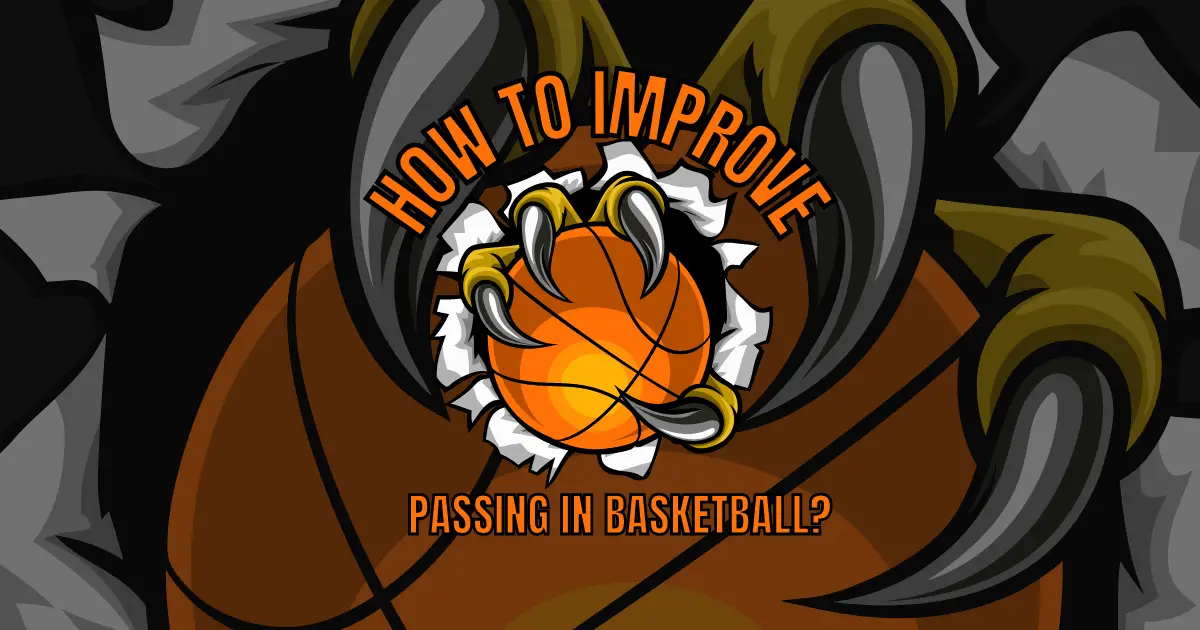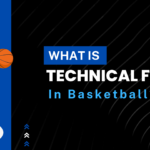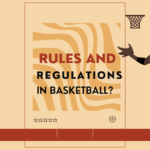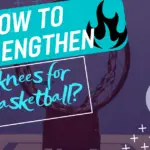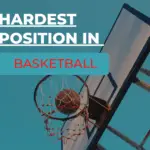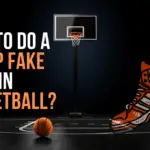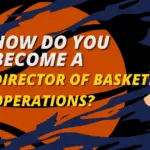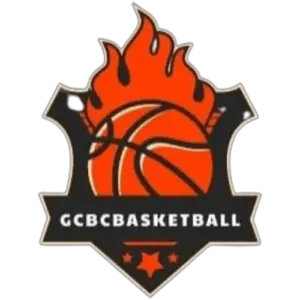A critical aspect of the game is passing. Passing can often be the difference between winning and losing. To be a great passer in basketball, you need good vision, quick reflexes, and the ability to anticipate your teammates’ movements.
Tips To Improve Passing In Basketball:
Don’t Be A Ball Hog:

Ball hogs tend to hold on to the ball for too long, preventing their teammates from getting involved. This not only makes it harder for your team to score, but it also makes it more likely that you’ll turn the ball over.
So to avoid being a ball hog, always look for open teammates. If you see a teammate with a better chance of scoring, make the pass.
Be patient with your passes. Don’t force passes into tight spaces; wait for your teammates to get open before passing.
Practice In-Game Situations:

Practice in game situations means practicing with a partner or group of partners in the same positions as during a game. For example, if you are working on passes to the wing, have your passing partner line up on the wing. As you get better at passing in game situations, you will be able to make more accurate passes and find open teammates more easily.
Keep track of how many times you complete a pass, how many times you turn the ball over, and how many assists you have. Doing this lets, you see your progress and areas that need improvement.
Build Muscle:
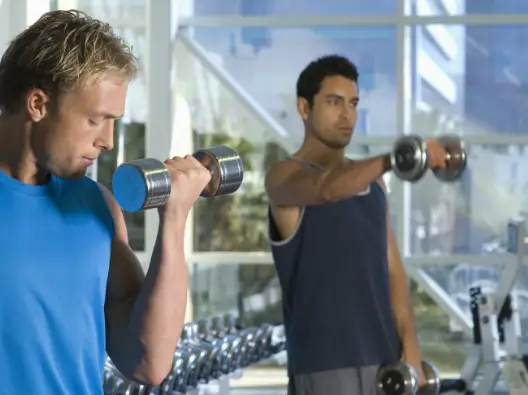
Stronger muscles will help you generate more power when you pass, making it easier to get the ball where you want it to go.
- Incorporate weightlifting into your training routine. Strength training is essential for building muscle and enhancing your power on the court.
- Focus on exercises that target the muscles used for passing. Exercises like chest presses, shoulder presses, and tricep extensions will help you develop more strength in your upper body for better passes.
- Make sure to include Plyometric training as well. This training helps improve your explosive power, which is crucial for a quick and powerful pass.
Watch Your Distance:

Make sure you are close enough to your target to complete the pass but not so close that the defender can easily intercept the ball. The ideal passing distance will vary depending on the strength of your pass.
Keep Passes Simple:

Keeping your passes simple means not forcing the ball into tight spaces or making overly complicated passes. Instead, focus on making crisp, clean passes easy for your teammates to catch.
Pass Like A Team:
You can’t just expect one player to do all the work. Work on your communication. Make sure everyone is comfortable with their role in the offense and knows where they should be looking to pass the ball. Get everyone involved in the passing game by running drills focusing on passing and working on different scenarios in practice.
Concentrate On The Two Basic Passes:
To improve your passing, you should concentrate on the two basic passes: the chest pass and the bounce pass. practice each type of pass until you can do them quickly and accurately.
Think About The Receiver:
One of the most important things to do when passing is to ensure you’re looking at the receiver, not the ball. This may seem counterintuitive, but it’s important to focus on your teammate so you can gauge their movement and properly place the ball.
It’s also important to lead the receiver when passing. You should aim ahead so they can catch up to the ball. If you pass too late, they won’t have time to adjust and could end up getting fouled or missing the shot altogether.
Different Types Of Passes In Basketball:
Chest Pass:
The chest pass is the most basic and is used when there is no one between you and your teammate.
Bounce Pass:
The bounce pass is used when there is someone between you and your teammate, and you need to get the ball around them.
Overhead Pass:
The overhead pass is used when you need to get the ball over someone’s head.
Behind-The-Back Pass:
The behind-the-back pass can surprise defenders or get the ball around them when they are playing close to you.
No-Look Passes:
The no-look pass can be used to fake out defenders or to keep them from knowing where you are passing the ball.
Conclusion:
Practice with a friend or family member, using both your weak and strong hands.Get a feel for the ball and work on your accuracy. Use cones or other objects to help with your aim. Remember to keep your passes quick and sharp. With some time and effort, you will see an improvement in your passing skills.

Clyde Jackson III is a basketball coach and the founder of GCBC Basketball, a basketball-related learning and informational website that focuses on helping young players develop their skills on and off the court. With over 15 years of coaching experience, Clyde has worked with players of all ages and skill levels, from beginners to professionals.

